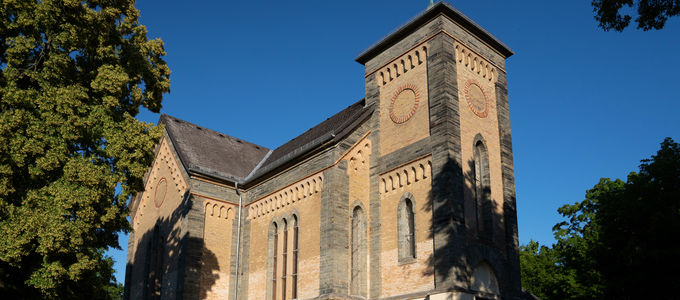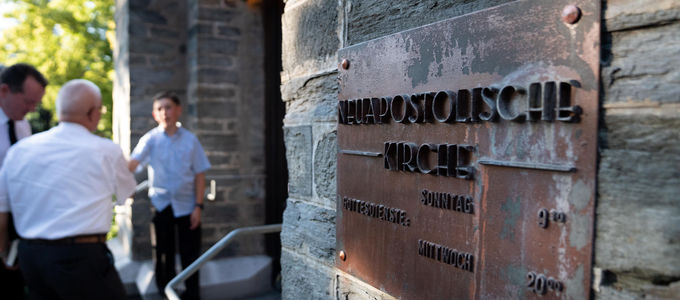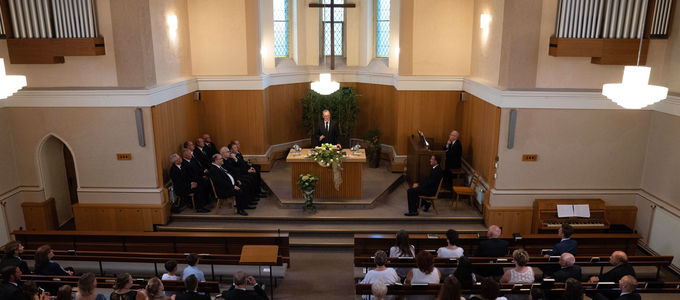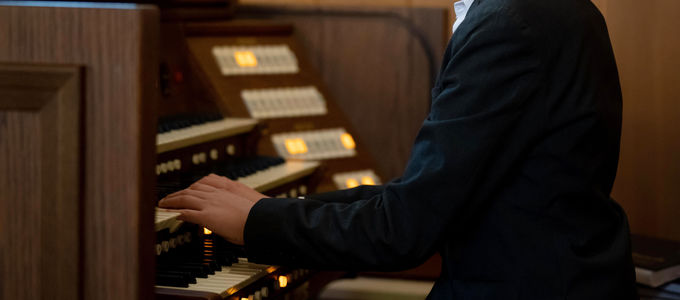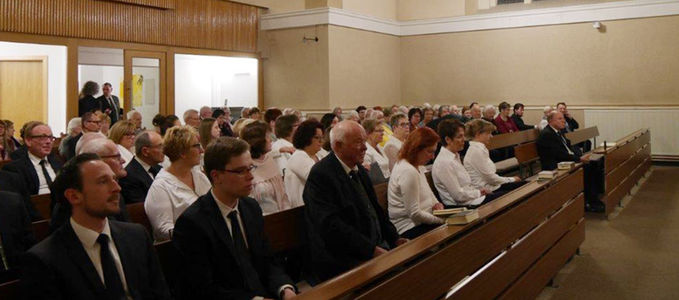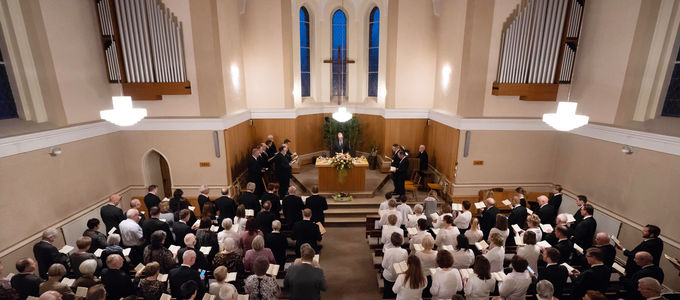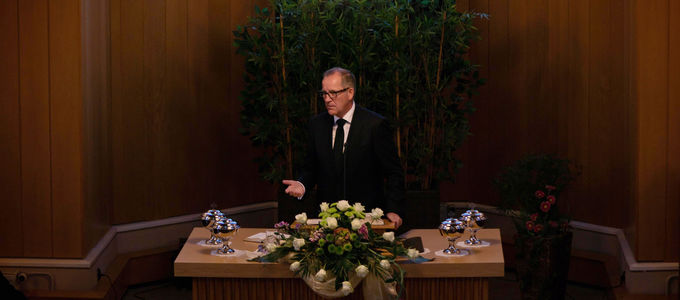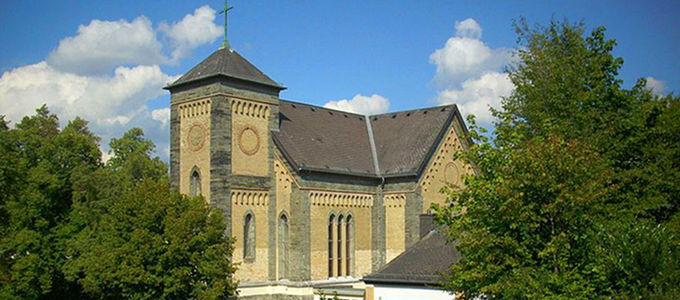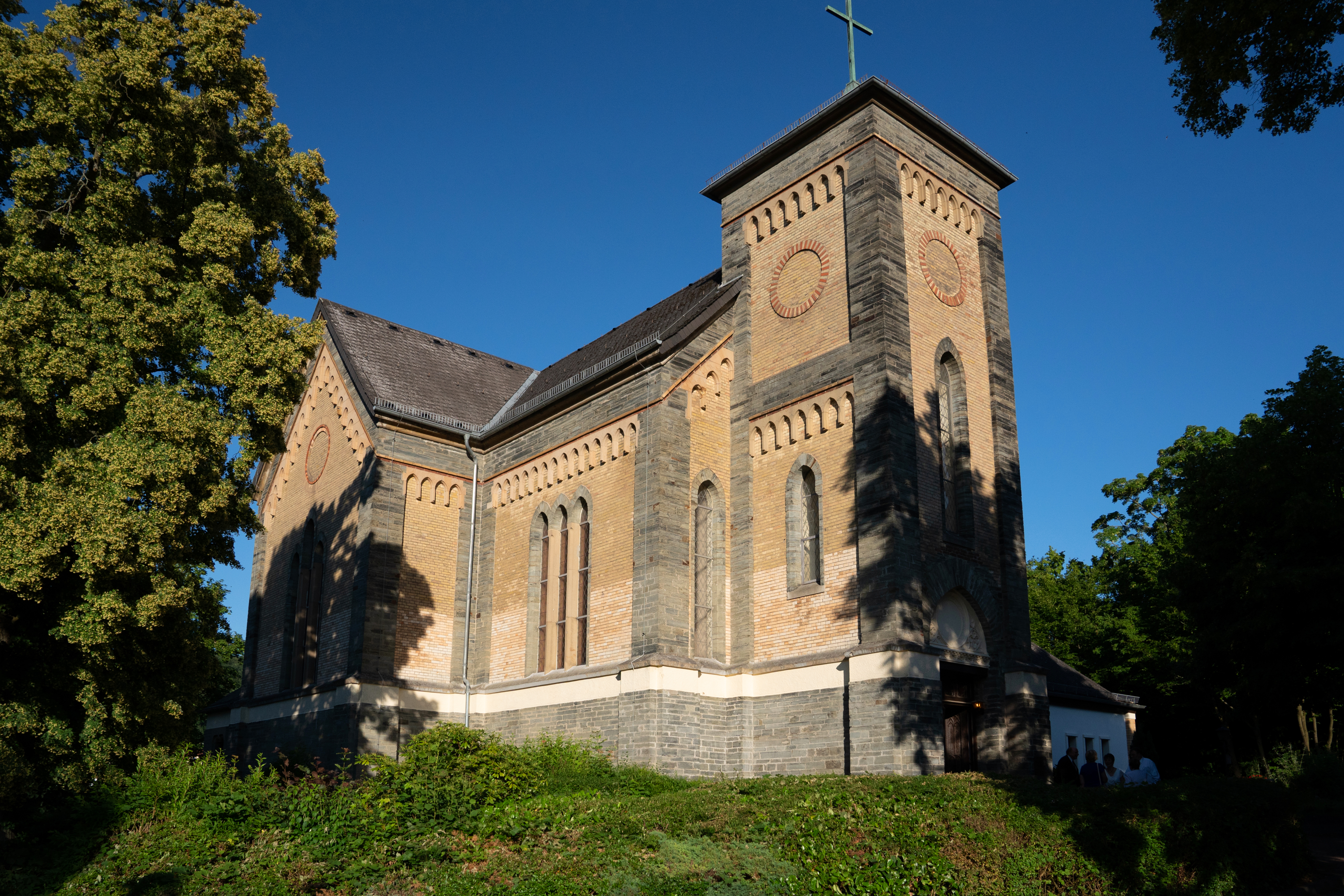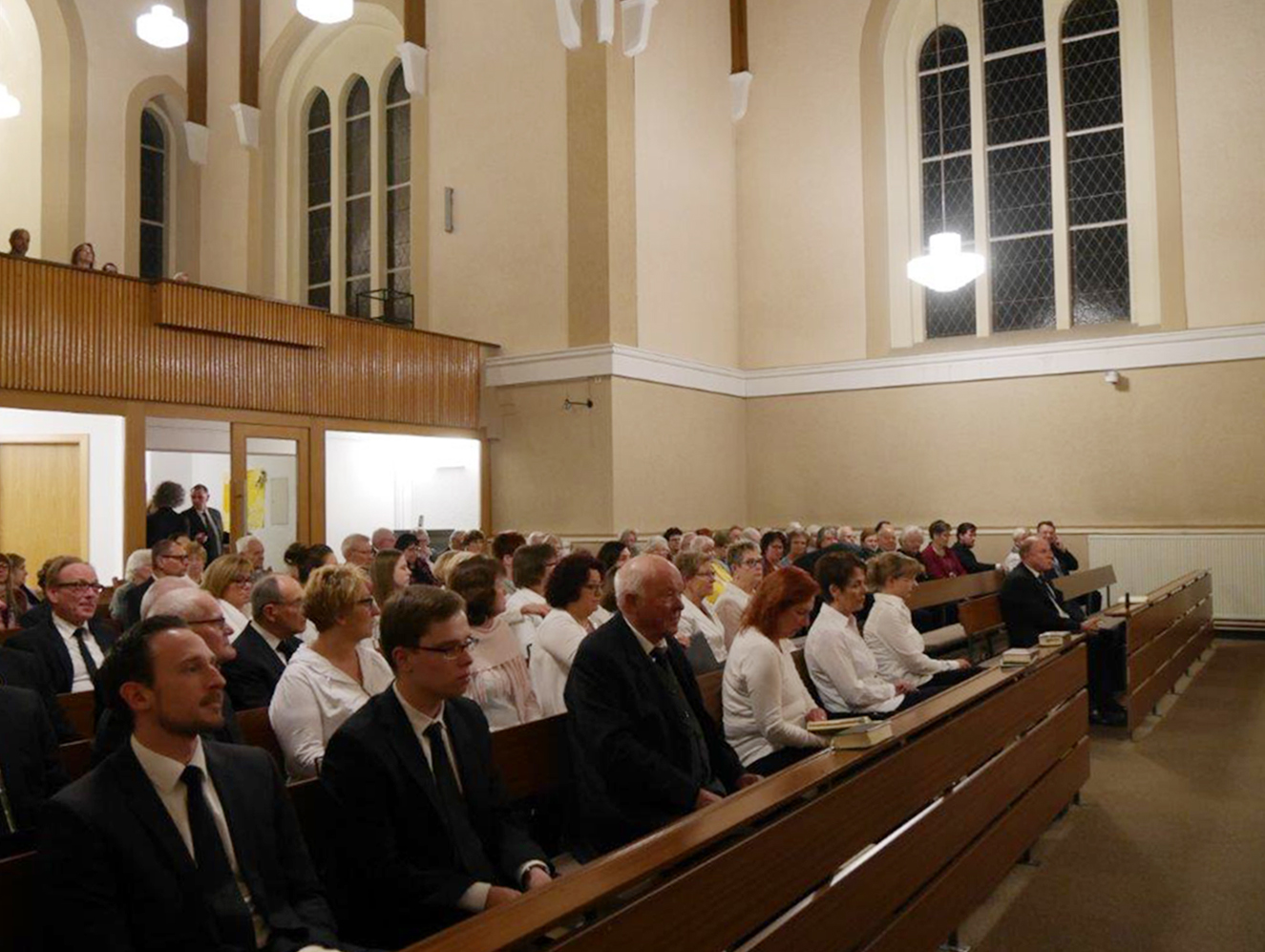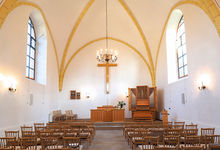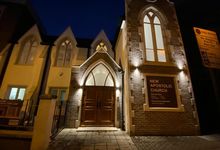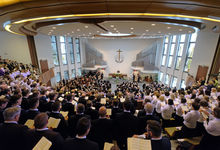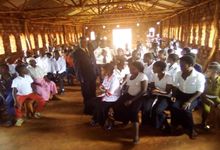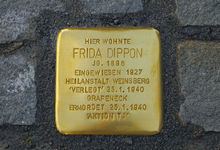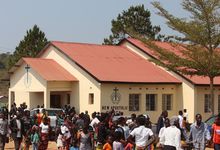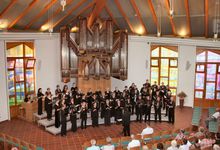Of fountains and springs and a church
The New Apostolic Church in Bad Schwalbach has an unusual church building. Though it was dedicated in 1875 as an Anglican Church, the Anglican congregation left their little chapel some 54 years later. In 1957 in was purchased by the New Apostolic Church, and serves its members as a place of worship to this very day.
The German town of Bad Schwalbach looks back on a long history. Idyllically set in the western Taunus region, it is a picturesque place of peace and calm. Some 20 kilometres from Wiesbaden, the wine-growing Rheingau region extends directly before its gates.
Mineral springs and mud baths
The first documented mention of this place is found in the year 1352 under the name Langinswalbach. Already at that time, it was known for its healing mineral springs. These springs, along with the trade that thrived there at the time, helped ensure that Bad Schwalbach would already develop into a flourishing town in the Middle Ages. This was also made possible by two highways, one of which ran west past Bad Schwalbach from Wiesbaden to the Lahn River, and the other of which connected the towns of Wiesbaden and Bad Schwalbach.
Although the troops marauding their way through Germany during the Thirty-year War (1618–1648) completely destroyed Bad Schwalbach, it was not long thereafter that its trade in healing waters began to really prosper. Merchants began shipping the water—which was considered medicinal—in barrels and jugs, eventually selling it all over Europe. Few, however, undertook the arduous trek into the Taunus region in order to visit the springs directly at the time.
At the start of the nineteenth century, however, the situation quickly began to change. The expansion of the roads and rail traffic meant that it was now easier for people to reach Bad Schwalbach. During this period, the town developed into a much visited health resort, owing to the mineral springs and mud baths on offer there.
An Anglican church
With the publication of a book entitled Bubbles from the Brunnen of Nassau by the English author and politician Sir Francis Bond Head, Bad Schwalbach became quite well-known among the inhabitants of the British Isles by around 1830. By the year 1833, a growing number of English bathers were drawn to the health resort and spa. Since there was no Anglican Church in Bad Schwalbach, they soon began to wish for a church building of their own in the vicinity.
This wish was fulfilled in the year 1867. After the death of her daughter in Bad Schwalbach, the American Martha Lymann Henderson donated an impressive sum of 10,000 guilders, which was to serve for the construction of a small chapel. After the Wiesbaden architect Adolf Lade won the bid to build the chapel, the city began construction.
A year later, however, the work on the church building was already forced to a halt, since there was no more money available to continue. The funds were no longer sufficient to cover the remaining costs of construction.
Yet the English and American spa guests were not so quick to give up on their dream of having a church of their own in Bad Schwalbach. They organised fundraisers and managed to gather an additional 4,400 guilders. However, even this sum was not enough to continue the construction, which began to look increasingly dilapidated.
The situation changed in 1873 when a Londoner by the name of Eduard Hutchinson visited the town and learned of the difficulties with the church’s construction. Once back in London, he scrounged together the funds required to continue the building project. He made these funds available to the congregation under the condition that the church had to be completed and ready for use by the end of July 1875. The building contractor Baltzer accepted this condition, joining forces with the court architect of the Duchy of Nassau, whose name was Hoffmann, and construction of the chapel was soon complete. On 24 August 1875, the building was dedicated as an Anglican church.
Restoration and rededication
Up until the start of the First World War, there was thus an Anglican Church in the former Nassau territory, today known as Hesse. With the outbreak of the First World War, however, the number of English spa guests in Bad Schwalbach gradually began to decline. Anglican congregational life in the town soon came to a standstill.
In the period between the two world wars, the church was primarily used by English occupying forces. They held their last divine service in the chapel in 1929.
From that point on, the building stood empty and threatened to fall into decline—until the New Apostolic Church acquired it in October 1957. It was at this point that the church building was listed as a monument and placed under protection by the state curator. The New Apostolic Church restored the building and saw to its upkeep from then on.
On 9 November 1958, after a year-long restoration, it was dedicated by the then District Elder Paul Müller. As rector Gerald Götte relates, the congregation has been celebrating “its own divine services, youth services, and services for the ministers of the Wiesbaden district, as well as festive divine services for the surrounding congregations in the Rheingau-Taunus district” ever since. In addition, the church is “often used by members from other congregations for weddings”.
Article info
Author:
Date:
Keywords:
Tatjana Fröhlich
27.08.2020
church architecture,
churches,
buildings for divine services,
Denominations,
Congregational life


